With the rapid development of the social economy, traffic congestion caused by a significant rise in vehicles has become increasingly severe. As a crucial component of the traffic management system, traffic lights play a vital role in managing the interaction between vehicles, pedestrians, and roads, ensuring smoother and safer urban mobility.
EDA (Electronic Design Automation) is a technology that utilizes powerful computers to process design files created using hardware description languages like HDL (Hardware Description Language), enabling automatic realization of electronic circuit functions. The ultimate goal of using EDA in electronic system design is to develop Application-Specific Integrated Circuits (ASICs). These circuits serve as the physical platform for implementing specific functions and technical requirements of electronic systems through EDA tools. Among the key devices used for this purpose, Field-Programmable Gate Arrays (FPGAs) are widely adopted due to their flexibility, efficiency, cost-effectiveness, ease of maintenance, and high reliability.
**1. Design Requirements**
**1.1 Application Background**
This project involves a crossroad where a main road intersects with a branch road. The main road runs east-west, while the branch road runs north-south. To ensure safe and efficient vehicle passage, red, green, and yellow signal lights, along with left-turn signals, are installed at each entrance of the intersection, as illustrated in Figure 1.
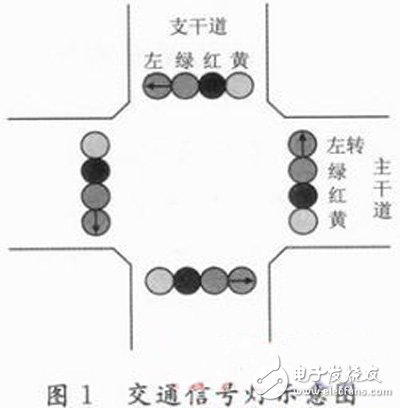
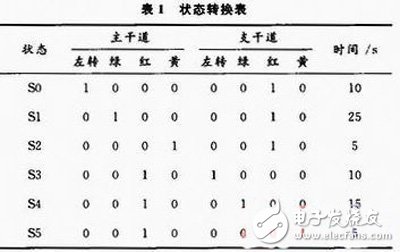
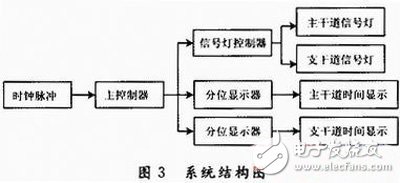
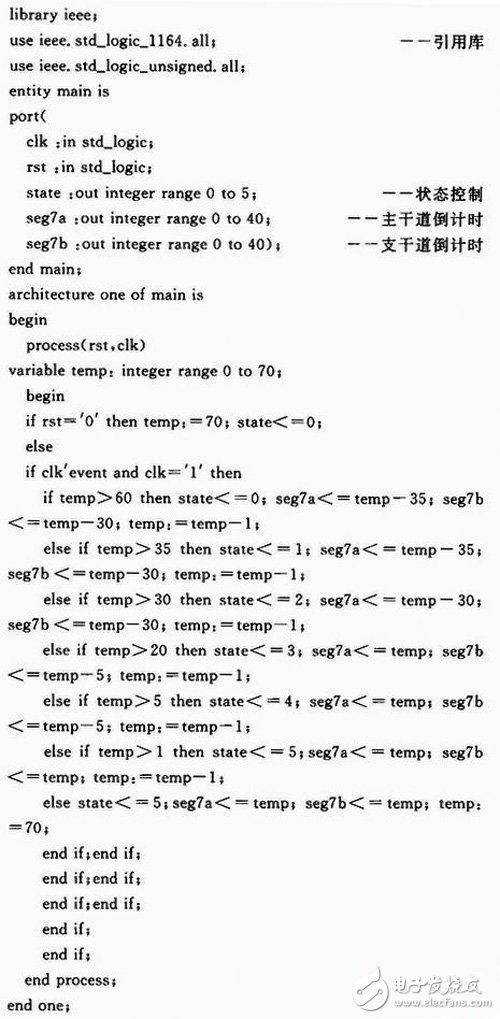
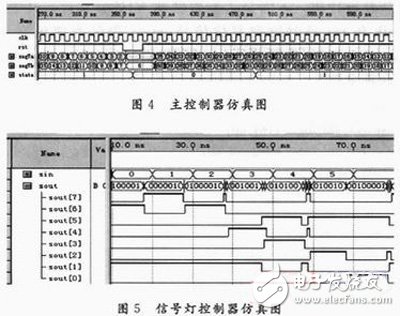
Outdoor Rental Stage Events Led Display
Outdoor rental stage event LED displays are large LED screens that are used for outdoor events such as concerts, festivals, and sporting events. These LED displays are designed to be easily set up and taken down, making them ideal for temporary outdoor events.
P2.6/P2.976/P3.91/P4.81/P5 are popular in outdoor rental stage event usage.
Outdoor Rental Stage Events Led Display,Outdoor Concert Stage Background Wall,Outdoor Stage Rental Led Screen,Events Venue Led Screen System
Guangzhou Cheng Wen Photoelectric Technology Co., Ltd. , https://www.cwledwall.com